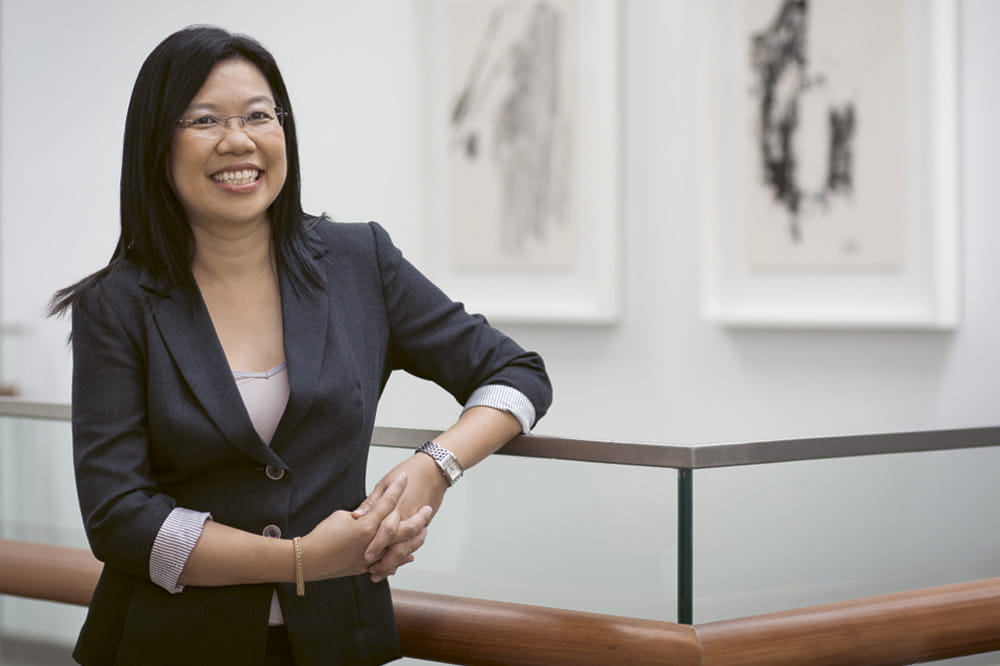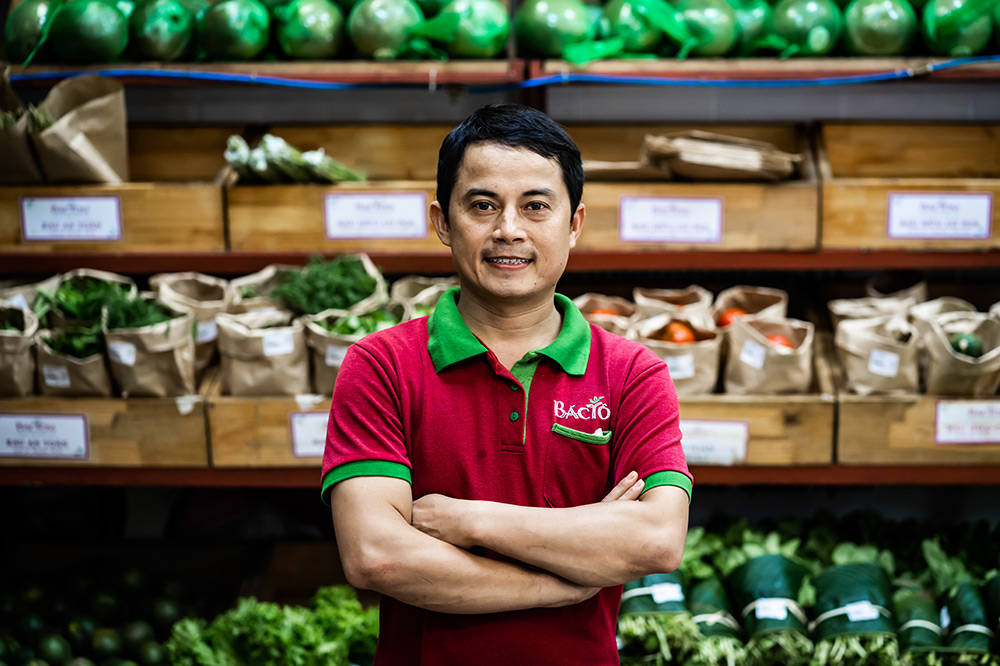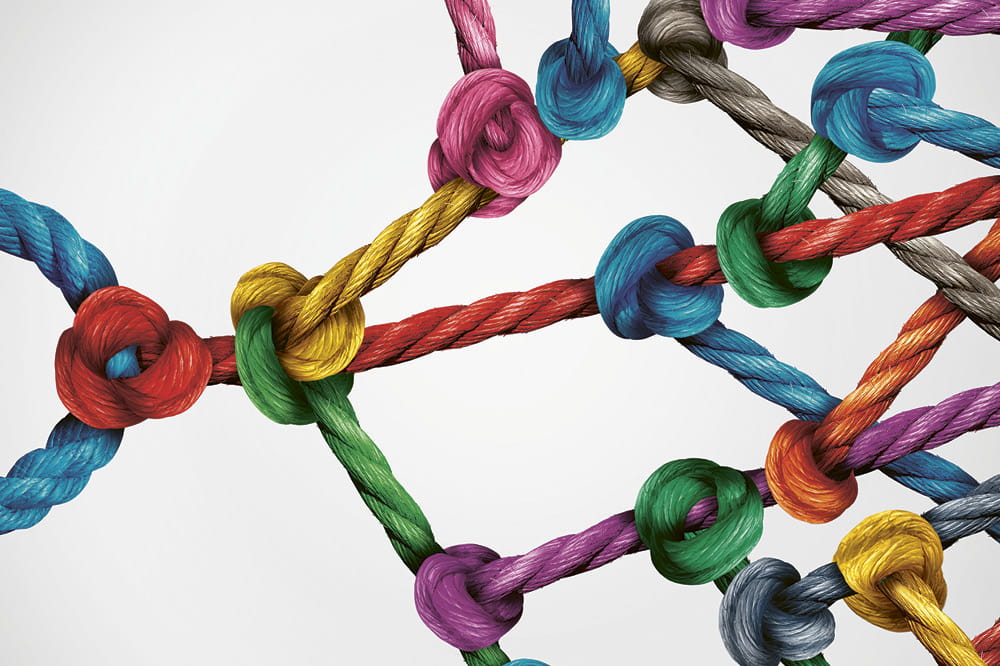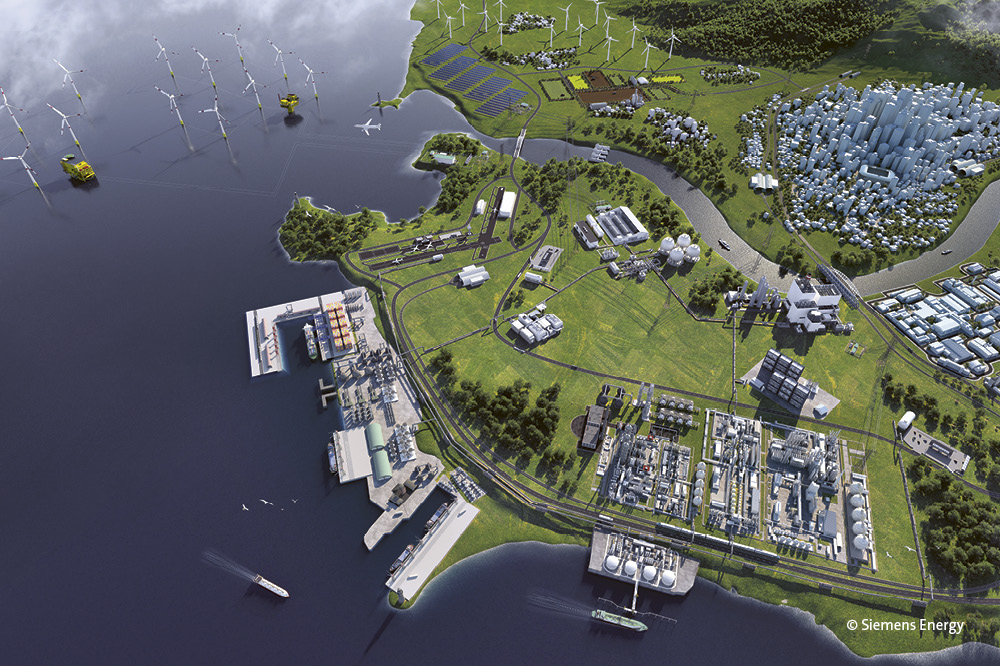Obtain news and background information about sealing technology, get in touch with innovative products – subscribe to the free e-mail newsletter.
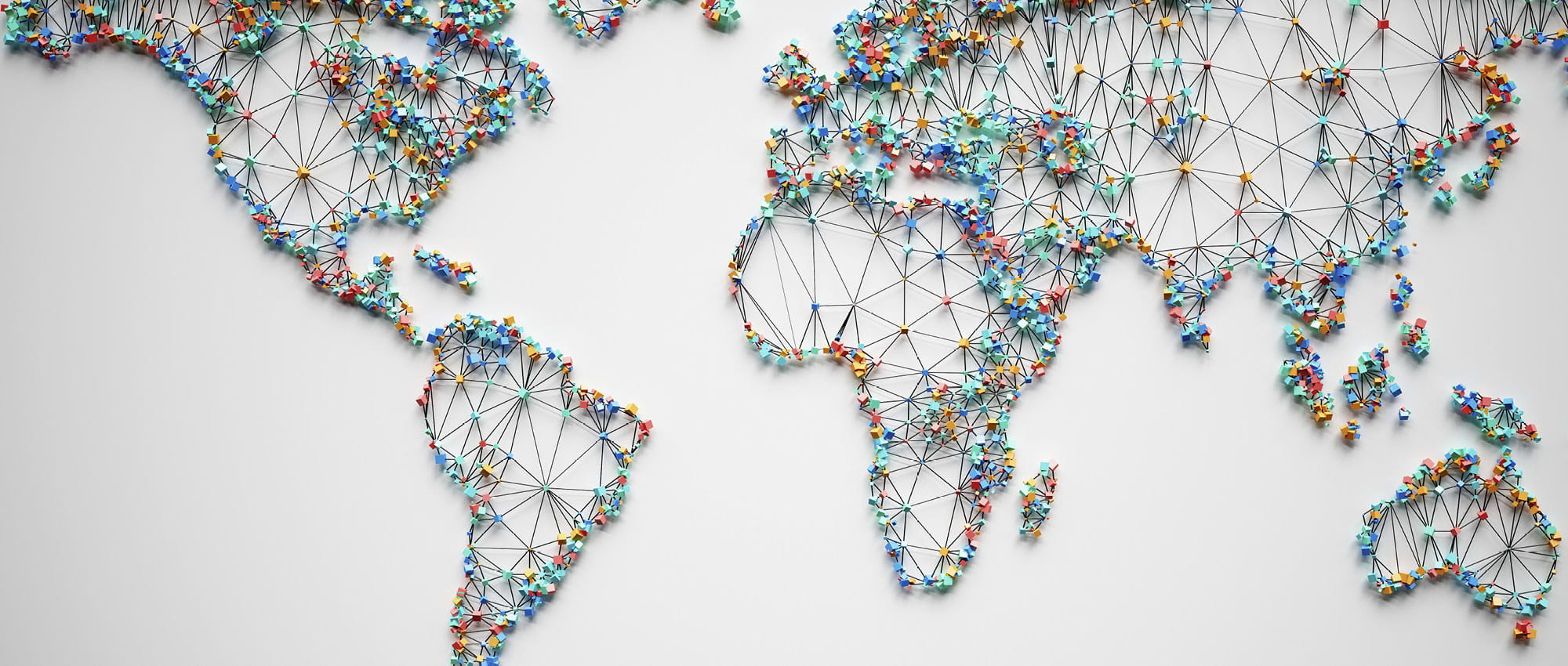
At Home in the World
Food. Lifestyle. Films. Culture thrives on variety. But if you’re alert in Morocco, Thailand or Bulgaria, you will be greeted by the familiar.
McDonald’s
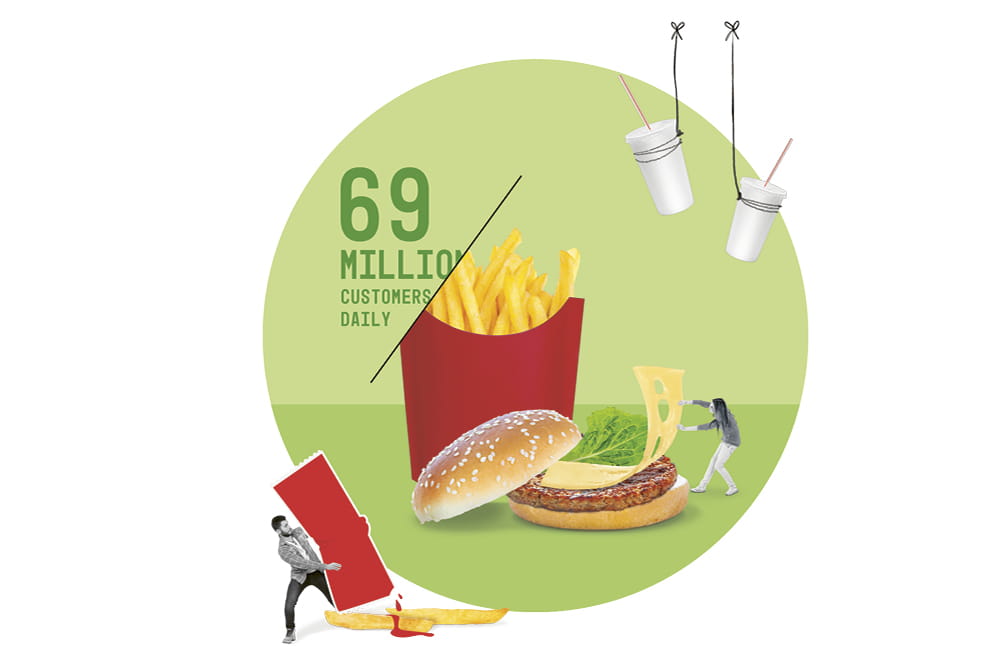
McWho?
The brothers Richard and Maurice McDonald opened their first restaurant in California in 1940. They soon specialized in burgers, french fries, soft drinks and milkshakes. To serve their customers quickly, they simplified and sped up meal preparation. The approach caught on. More restaurants followed, each with the same fare and a familiar design. In 1955, franchisees began bringing the McDonald’s principle to the rest of the United States.
Hello World
Canada, Australia, Germany, Japan: Under new corporate management, the restaurant chain began expanding internationally in 1967. McDonald’s recognized trends early, and its menus delved into country-specific preferences. Food preparation and restaurant construction were standardized. Selection, quality and the customer experience followed the same pattern everywhere. When you step into a McDonald’s, you know what you get.
It Worked
Think internationally, act locally. The franchisees’ regional knowledge made it possible for McDonald’s to succeed in a growing number of countries. For example, with kosher burgers in Israel, where cheese and meat are served separately, mutton instead of beef in India, and halal dishes instead of pork in Arab countries.
IKEA
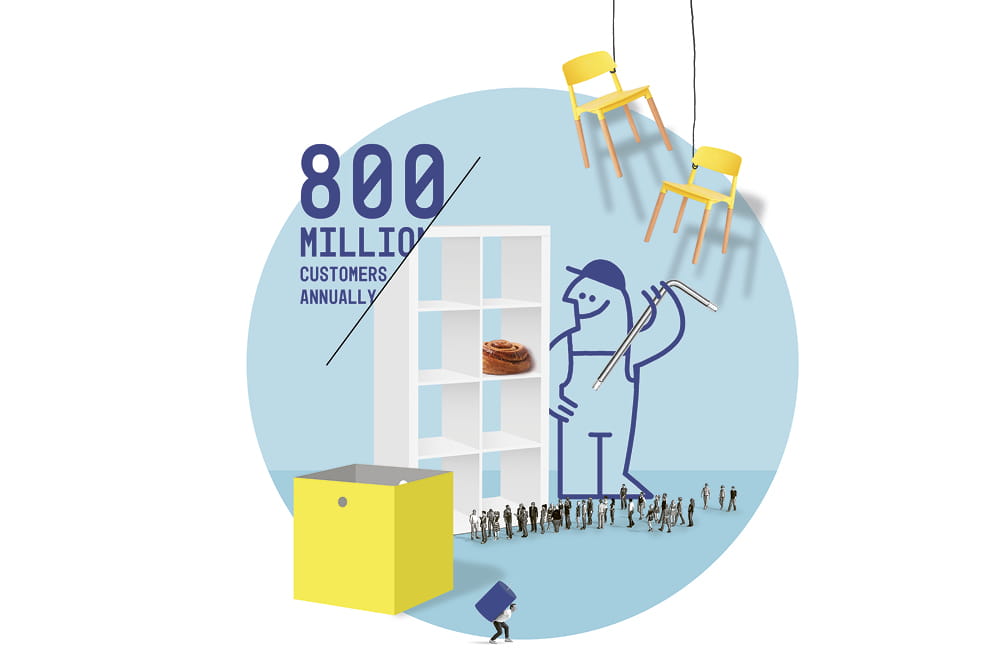
IK Who?
Ingvar Kamprad, a Swede, founded IKEA in 1943. After four years in business, he added furnishings to his selection and later commissioned his own designs. In 1958, he began opening furniture stores and gradually merged typical self-service warehouses into them. IKEA proved successful with its simple designer furniture, affordable prices and neat storage ideas. IKEA also saved on service since customers assembled the furniture on their own. In turn, they enjoyed the feeling they were building something themselves.
Hello World
IKEA expanded into Norway in 1963. Japan, Germany, Australia, Canada and some other countries followed by 1976. Mass-production allowed affordable prices. Global product procurement made the furniture company independent. The simple design of its products appealed to customers world- wide. Outside of Sweden, IKEA stood for the Scandinavian spirit, which the names of the articles emphasized.
It Worked
After failing in Japan at first, IKEA succeeded with specially tailored furnishings. Due to the lack of a do-it-yourself tradition in India, IKEA offered to assemble its furniture. In China, IKEA lowered its prices and opened furniture stores near downtown areas. IKEA also courted young Chinese who leaned toward non-domestic brands.
Netflix
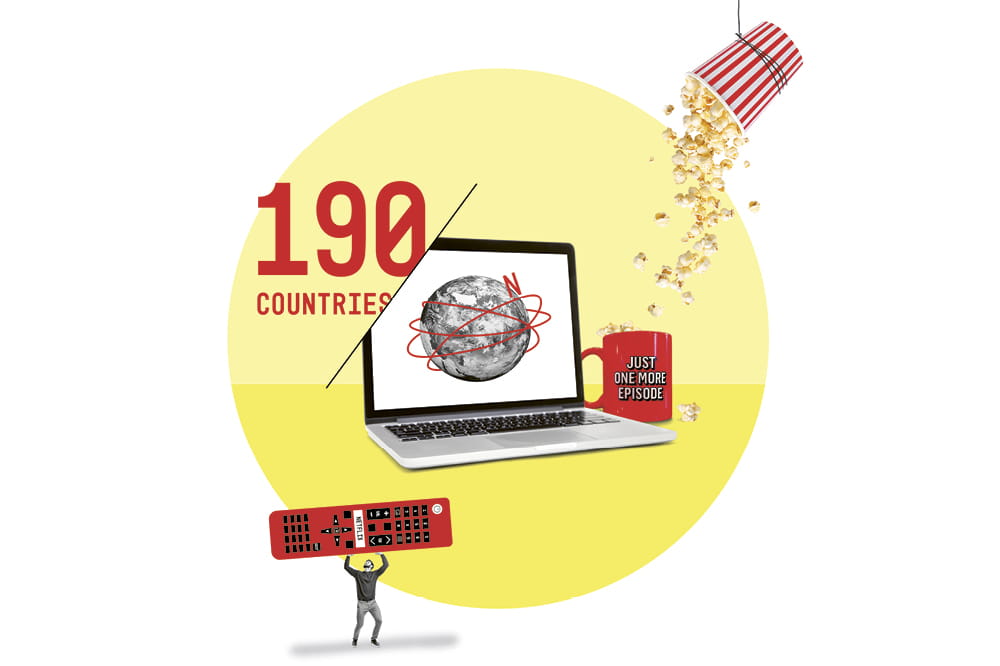
Net Who?
Reed Hastings and Marc Randolph founded Netflix in 1997. They lent out movies by mail at first. Soon they had their customers recommend films and developed a feel for their tastes. Today, they use Big Data, a result of their move into streaming in 2007. Series and films became available online. Partnerships with the makers of Xbox, PlayStation and Wii increased Netflix’s popularity. In fact, many remote control units of Internet-capable televisions are now even equipped with the red- and-white Netflix button.
Hello World
Netflix went to Canada in 2010, and its streaming service is available worldwide today. With its range of offerings, it appealed to many younger consumers that hardly watched linear TV. Its own productions such as “House of Cards” set standards and won awards. They were seen as entertaining, exciting and willing to experiment. Social media created an echo chamber for Netflix, with a huge marketing impact.
It Worked
Netflix turned to country-specific productions. The streaming service produced series in more than two dozen countries and 17 languages. This allowed it to serve and bond with national markets, even as it kept its series’ international recyclability in mind. Young, multilingual viewers in particular were receptive to the approach.
This article originally appeared in ESSENTIAL, Freudenberg Sealing Technologies’ corporate magazine that covers trends, industries and new ideas. To read more stories like this, click here .
More Stories About Sustainability


